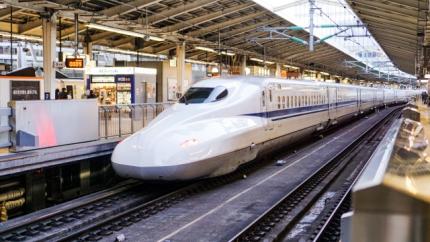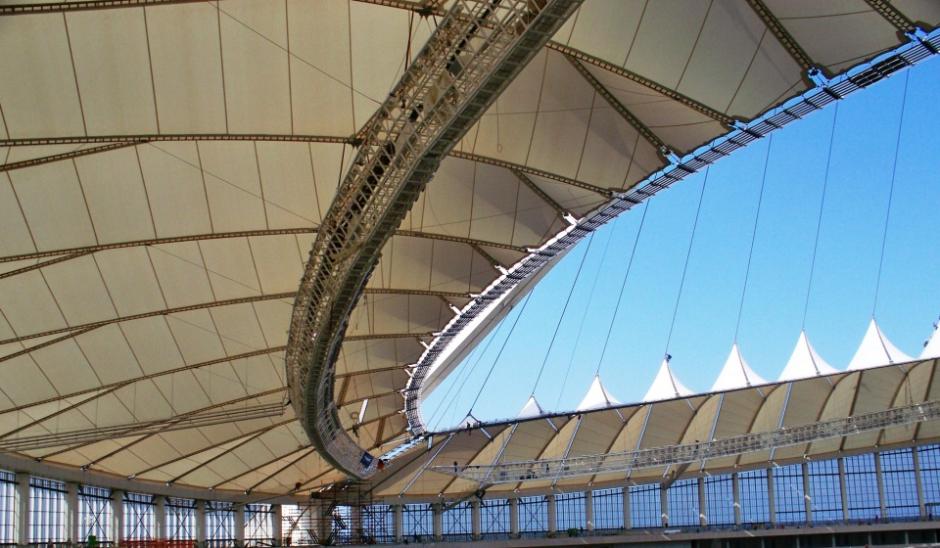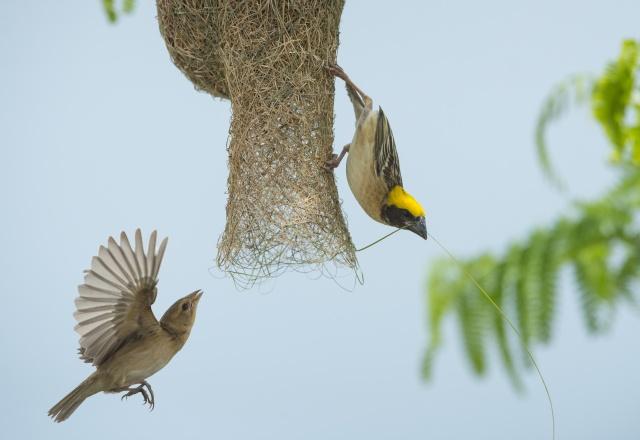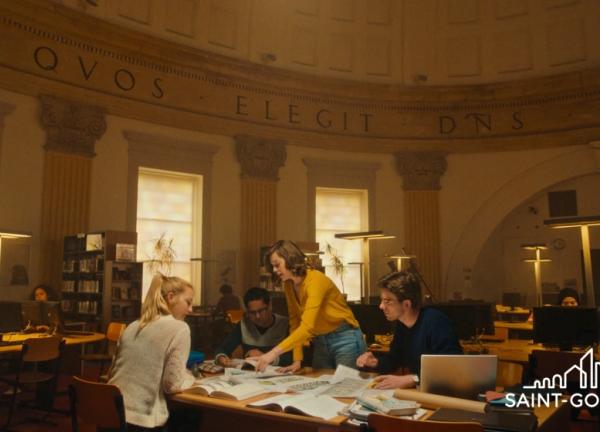Biomimicry: smart design inspired by nature
“Biomimicry” designs and produces materials and buildings that are inspired by biological entities and processes. As the approach enhances the design of smart materials, or materials borrowed from nature, it effectively meets many industrial, technical and architectural challenges.

Biomimicry and the origins of innovation
Biomimicry or "imitation of life" is an innovative approach to design and production based on 3.8 billion years of evolution. Biological organisms – animals, plants, microbes – have always been able to develop strategies to survive, optimize their organization and functioning, and adapt shape to function. American biologist and renowned biomimetic specialist Janine Benyus Benyus was the first to talk about biomimicry in the late 1990s. She observed: "Nature has already solved the problems we face. Any failures have become fossils and what surrounds us is key to our survival.” She also put forward that by adapting phenomena, forms or behaviors present in nature, science can develop solutions to our contemporary industrial, technical or architectural problems.
In nature we find a source of inspiration for the best solutions.
Drawing on billions of years of research and development to increase efficiency
A bird's nest is a structure made up of different strands, piled up in a fragile and chaotic manner. But what appears to be fragile is actually a protective, solid and insulating envelope that keeps the bird and clutch safe.
“Like birds, humans have the same primary instinct and need to protect their habitats and those who live in them. Industrialists may have created materials such as glass wool or rock wool, based on this principle by creating materials composed of fibers and air with sound and thermal insulating properties to protect the habitat,” suggests Armand Ajdari, Director of Research and Development at Saint-Gobain Group.”
“In the future, our "nest" will be designed using both biomimetic materials and human technology, such as smart windows, to stay in contact with the outside world while being thermally insulated and comfortably exposed to the natural light that’s so valuable to our physiology," adds Armand Ajdari.
Biomimetic materials we already use

We already use many materials inspired by living things. The Japanese high-speed train, the Shinkansen, has an aerodynamic nose directly based on a kingfisher's beak, for example. After observing that the bird could dive into water without creating much turbulence, engineers used the shape as a model for the nose of the train. The result? The train was more efficient when passing between two media of varying densities –on upon exiting a tunnel, for example – and produced less noise pollution.
Armand Ajdari gives a further example of a nature-inspired building material, Sheerfill architectural membrane. Like water pearls on a lotus leaf or duck feathers, this membrane is repelled by water – or “hydrophobic”– and flows in drops without penetrating the surface, staying intact.
“As part of our ceramics business, we are developing materials that are very obviously bio-inspired by shell mother-of-pearl, which is extremely hard and resistant to breakage. The materials we produce thus offer the same advantages as ceramics – elegance, scratch resistance, wave transparency, etc. – without the same vulnerability or impact, making it suitable for watches or portable electronic objects, for example," adds Armand Ajdari.

Drawing on billions of years of R&D

Biomimicry or biophilia: what does the future hold for the city?
Tomorrow's cities, with their increasingly dense populations and buildings, will have to meet an essential human need: “biophilia”, the innate human tendency to seek connections with nature and other forms of life.
Integrating nature into our cities’ structure will undoubtedly be one of the great challenges – and opportunities – facing us in the future.
Photo credits: Studio Pons / Jean Chiscano / Saint-Gobain Performance Plastics – Birdair – 2009 / Patrick Chedal – 2004 - Saint-Gobain Glass France / Martha Stewart
The latest stories
All stories
View more

